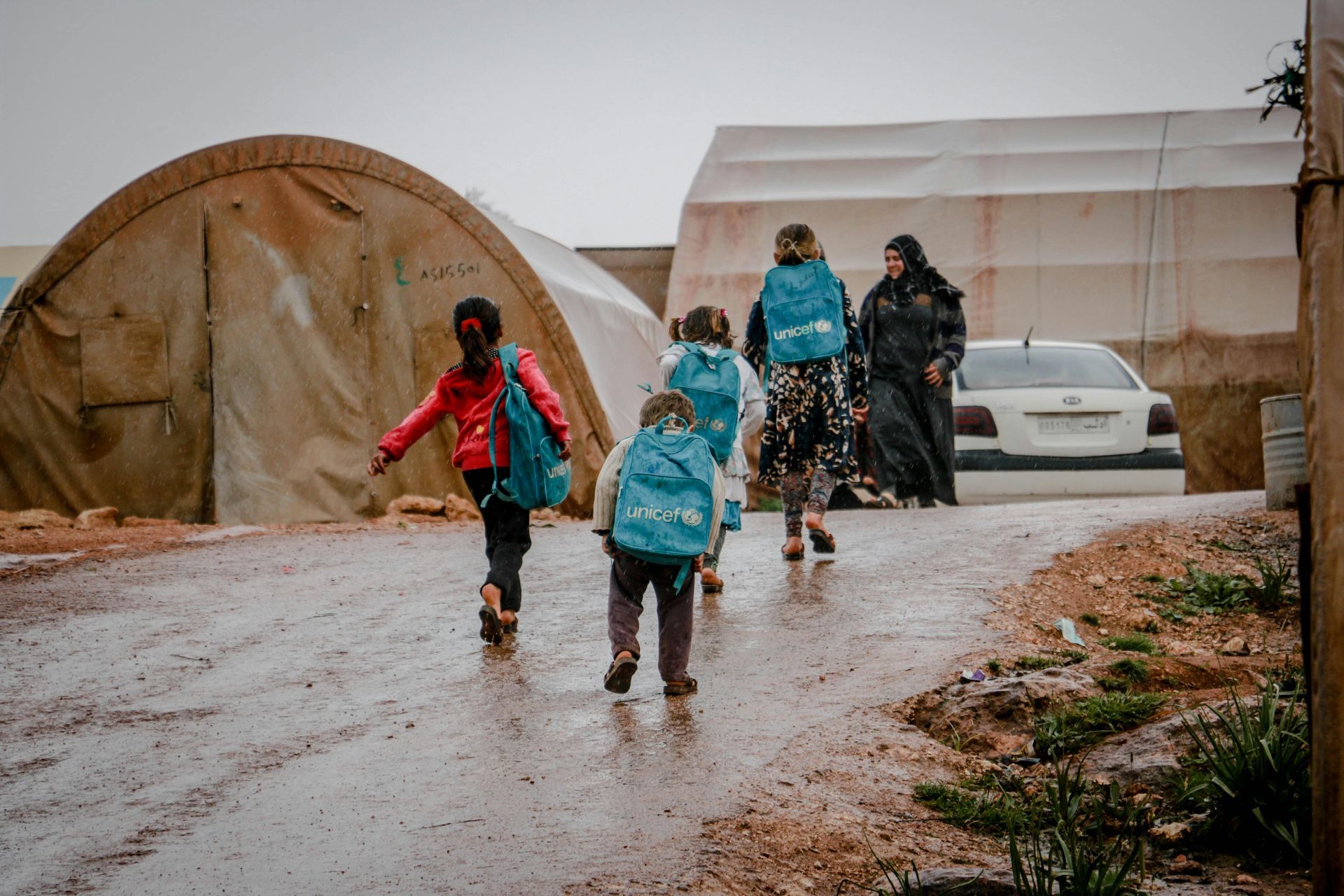The global tech sector is a dynamic and interconnected ecosystem, with talent flowing across borders to fuel innovation and growth. Canada, with its welcoming immigration policies and thriving tech hubs, has become a magnet for skilled tech workers in recent years. However, rising trade tensions, particularly with the United States, threaten to disrupt this positive trend and potentially drive skilled workers away from Canada.
The Intertwined Nature of Trade and Tech
The tech industry relies heavily on global trade for components, software, and services. Tariff wars and trade disputes disrupt supply chains, increase costs, and create uncertainty for businesses. This instability can have a cascading effect on the tech sector, leading to:
- Reduced Investment: Companies may be hesitant to invest in research and development or expansion in a climate of trade uncertainty.
- Job Losses: Increased costs and decreased revenue can force companies to lay off employees or freeze hiring.
- Slower Innovation: Trade barriers can hinder collaboration and the exchange of ideas, slowing down the pace of innovation.
The Impact on Skilled Workers
These negative economic consequences directly impact skilled tech workers in Canada.
- Fewer Job Opportunities: A slowdown in the tech sector translates to fewer job openings for skilled workers, including software developers, engineers, and data scientists.
- Salary Stagnation: With increased competition for limited jobs, salaries may stagnate or even decline.
- Visa and Immigration Challenges: If companies are less likely to sponsor foreign workers due to economic uncertainty, it becomes harder for skilled workers to obtain visas and immigrate to Canada.
The Potential for a Brain Drain
If trade tensions persist and the Canadian tech sector weakens, skilled workers may be tempted to seek opportunities in other countries with more stable and promising tech industries. This could lead to a "brain drain," where Canada loses valuable talent and its competitive edge in the global tech landscape.
How Benjamin Law Immigration Can Help
Navigating the complexities of Canadian immigration in the face of trade uncertainty requires expert guidance. Benjamin Law Immigration is here to assist skilled tech workers in securing their future in Canada.
- Staying Informed: We closely monitor trade developments and their potential impact on immigration policies and programs.
- Strategic Advice: We provide personalized advice on the best immigration pathways for skilled tech workers, considering the current economic climate.
- Strong Applications: We assist in preparing thorough and compelling immigration applications that highlight your skills and experience.
- Advocacy and Support: We advocate for your rights and provide support throughout the immigration process.
Mitigating the Risks
While trade tensions pose challenges, Canada can take steps to mitigate the risks and retain its attractiveness to skilled tech workers.
- Diversifying Trade: Reducing reliance on the US market by expanding trade relationships with other countries.
- Investing in Innovation: Supporting research and development, fostering entrepreneurship, and creating a favorable environment for tech start-ups.
- Strengthening Immigration Policies: Ensuring immigration programs remain responsive to the needs of the tech sector and provide a clear path to permanent residency for skilled workers.
Trade wars and tariff tensions create uncertainty and pose challenges for the Canadian tech sector and skilled workers. However, with strategic planning, proactive government policies, and expert legal guidance, Canada can navigate these challenges and continue to be a welcoming and prosperous destination for global tech talent.
Don't let trade wars derail your Canadian immigration dreams. Contact Benjamin Law Immigration today for expert advice and support.
Successful Canadian Immigration is only a call away with Benjamin Law Immigration. Our expert team offers personalized guidance and comprehensive solutions for your immigration journey.



BOOK YOUR FREE CONSULTATION
Fill out the Case Evaluator form below to discuss your case or claim with one of our experienced Family-First legal professionals. At Benjamin Law, we work hard, and fast to get you justice, to solve your problems, and get you the compensation that you deserve.


